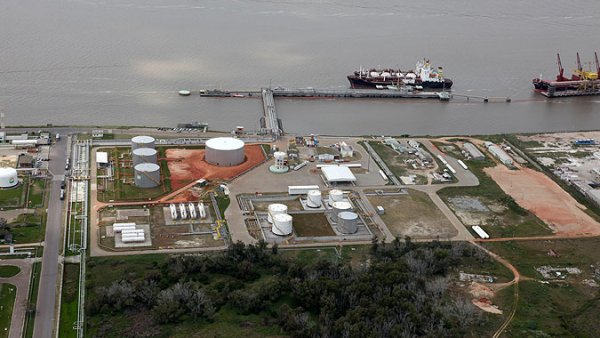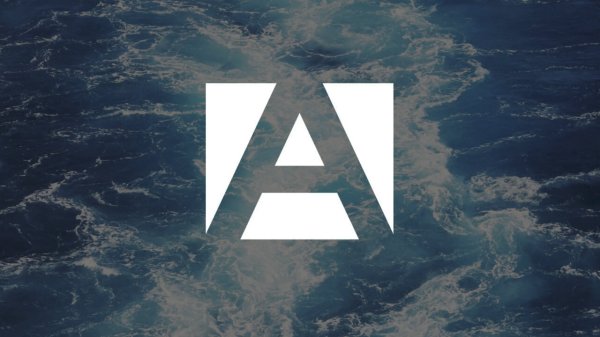Siemens to provide technology for Finland's first battery-powered car ferry
FinFerries vessel is scheduled to begin operating in the summer of 2017.
Siemens has been commissioned to provide the complete electro-technical solution for Finland's first battery-powered car ferry, which is to be operated by shipping company FinFerries. Polish shipyard Crist S.A. has been tasked with the construction.
The eco-friendly ferry will be approximately 90 metres long and 16 metres wide with the capacity to carry up to 90 cars.
The vessel is set to improve the transport links between Nauvo and Parainen in the Turku Archipelago. It is scheduled to begin operating along the 1.6-kilometre route in the summer of 2017.
The ferry will be equipped with the Siemens BlueDrive PlusC electric propulsion system, which includes an energy storage system, variable speed drive technology for the propellers and an integrated alarm and monitoring system.
According to Siemens, FinFerries will benefit from lower operational costs, maintenance and repair cost savings as well as improved control and safety through its energy management and thruster control systems.
The complete electro-technical solution includes the remote access monitoring system EcoMain. Siemens will also be supplying a WiFi solution to connect with the shore-based charging stations controlled by the ferry's energy management system in order to secure automated fast charging.
The ship's energy storage system will be charged at each side of the crossing, with a shore connection to the local grid. Due to the harsh winter conditions in Finland, the ferry will have the possibility to utilize a diesel engine to support the onboard batteries which will serve as an extra boost when breaking and traveling through ice. The ferry is then operated as a plug-in hybrid vehicle.
Siemens has experience with electrically powered vessels having previously developed the technology for the world's first battery-powered car ferry, Ampere, which is owned and operated by Norled.
Ampere was put into operation in Norway in May 2015, and has travelled a distance equivalent to more than 1.5 times around the equator. It uses only 150 kilowatt hours (kWh) per route, and with the change from diesel propulsion to battery, Norled is said to have reduced its fuel costs by 60 percent.
Commenting on the deal, Siemens said: "This follow-up order confirms Siemens' pioneer position delivering green solutions in the shipbuilding industry."
FinFerries CEO, Mats Rosin, remarked: "I am extremely satisfied that the long and thorough selection process is now finished. We've chosen Crist to deliver the vessel because of the competitive price and their ability to provide us with a vessel of excellent quality. Siemens will provide the new technology for the ship. It is a company that has plenty of experience and an excellent reputation with a similar application on the Norwegian ferry."
Dr. Juergen Brandes, CEO of the Siemens Process Industries and Drives Division, commented: "Battery-powered ferries offer a great new way to provide sustainable, efficient and reliable water transportation. As we have already proven, this project will be another milestone in environmentally friendly technologies."
The eco-friendly ferry will be approximately 90 metres long and 16 metres wide with the capacity to carry up to 90 cars.
The vessel is set to improve the transport links between Nauvo and Parainen in the Turku Archipelago. It is scheduled to begin operating along the 1.6-kilometre route in the summer of 2017.
The ferry will be equipped with the Siemens BlueDrive PlusC electric propulsion system, which includes an energy storage system, variable speed drive technology for the propellers and an integrated alarm and monitoring system.
According to Siemens, FinFerries will benefit from lower operational costs, maintenance and repair cost savings as well as improved control and safety through its energy management and thruster control systems.
The complete electro-technical solution includes the remote access monitoring system EcoMain. Siemens will also be supplying a WiFi solution to connect with the shore-based charging stations controlled by the ferry's energy management system in order to secure automated fast charging.
The ship's energy storage system will be charged at each side of the crossing, with a shore connection to the local grid. Due to the harsh winter conditions in Finland, the ferry will have the possibility to utilize a diesel engine to support the onboard batteries which will serve as an extra boost when breaking and traveling through ice. The ferry is then operated as a plug-in hybrid vehicle.
Siemens has experience with electrically powered vessels having previously developed the technology for the world's first battery-powered car ferry, Ampere, which is owned and operated by Norled.
Ampere was put into operation in Norway in May 2015, and has travelled a distance equivalent to more than 1.5 times around the equator. It uses only 150 kilowatt hours (kWh) per route, and with the change from diesel propulsion to battery, Norled is said to have reduced its fuel costs by 60 percent.
Commenting on the deal, Siemens said: "This follow-up order confirms Siemens' pioneer position delivering green solutions in the shipbuilding industry."
FinFerries CEO, Mats Rosin, remarked: "I am extremely satisfied that the long and thorough selection process is now finished. We've chosen Crist to deliver the vessel because of the competitive price and their ability to provide us with a vessel of excellent quality. Siemens will provide the new technology for the ship. It is a company that has plenty of experience and an excellent reputation with a similar application on the Norwegian ferry."
Dr. Juergen Brandes, CEO of the Siemens Process Industries and Drives Division, commented: "Battery-powered ferries offer a great new way to provide sustainable, efficient and reliable water transportation. As we have already proven, this project will be another milestone in environmentally friendly technologies."

|
IMO approves pricing mechanism based on GHG intensity thresholds
Charges to be levied on ships that do not meet yearly GHG fuel intensity reduction targets. |
|
|
|
||

|
VARO Energy expands renewable portfolio with Preem acquisition
All-cash transaction expected to complete in the latter half of 2025. |
|
|
|
||

|
NYK trials biofuel in milestone coal carrier test
Vessel is used to test biofuel for domestic utility company. |
|
|
|
||

|
H-Line Shipping orders LNG bunkering vessel
Vessel with 18,000-cbm capacity to run on both LNG and MDO. |
|
|
|
||

|
How to engineer and manage green shipping fuels | Stanley George, VPS
Effective management strategies and insights for evolving fuel use. |
|
|
|
||

|
Swedish government bans scrubber wastewater discharges
Discharges from open-loop scrubbers to be prohibited in Swedish waters from July 2025. |
|
|
|
||

|
MAN Energy Solutions achieves 100% load milestone for ammonia engine
Latest tests validate fuel injection system throughout the entire load curve. |
|
|
|
||

|
Petrobras secures ISCC EU RED certification for B24 biofuel blend at Rio Grande
Blend consisting of 24% FAME is said to have been rigorously tested to meet international standards. |
|
|
|
||

|
Stolt-Nielsen to fully control Avenir LNG with acquisition
Share purchase agreement to buy all shares from Golar LNG and Aequitas. |
|
|
|
||

|
Bureau Veritas supports launch of CIMC SOE's LNG bunkering vessel
Handover of Seaspan Energy's cutting-edge 7,600-cbm vessel completed. |
|
|
|
||
Related Links
- · 'Vastly improved' specs for lithium ion battery systems [Insights]
- · New ferry concept consumes no fuel in 'plug-in' mode [Insights]
- · World's first fully electrical ferry wins award [Insights]
- · Battery solutions ready for ships [Insights]
- · Hybrid ferry to undergo sea trials 'at the end of this year' [Insights]
- · Finland [Directory]

